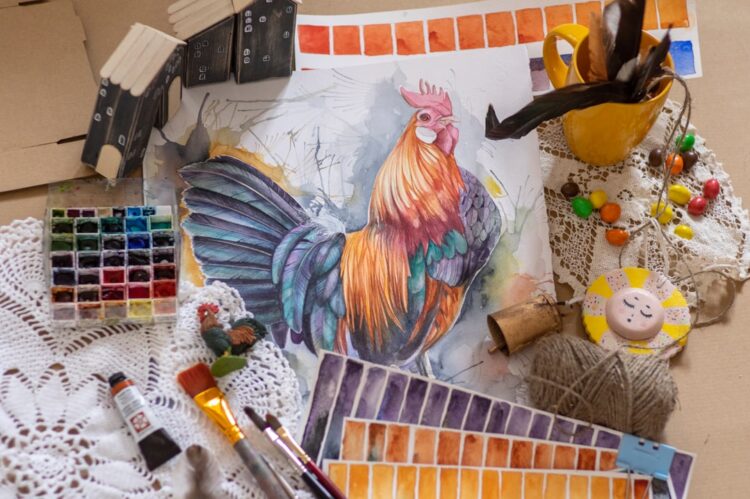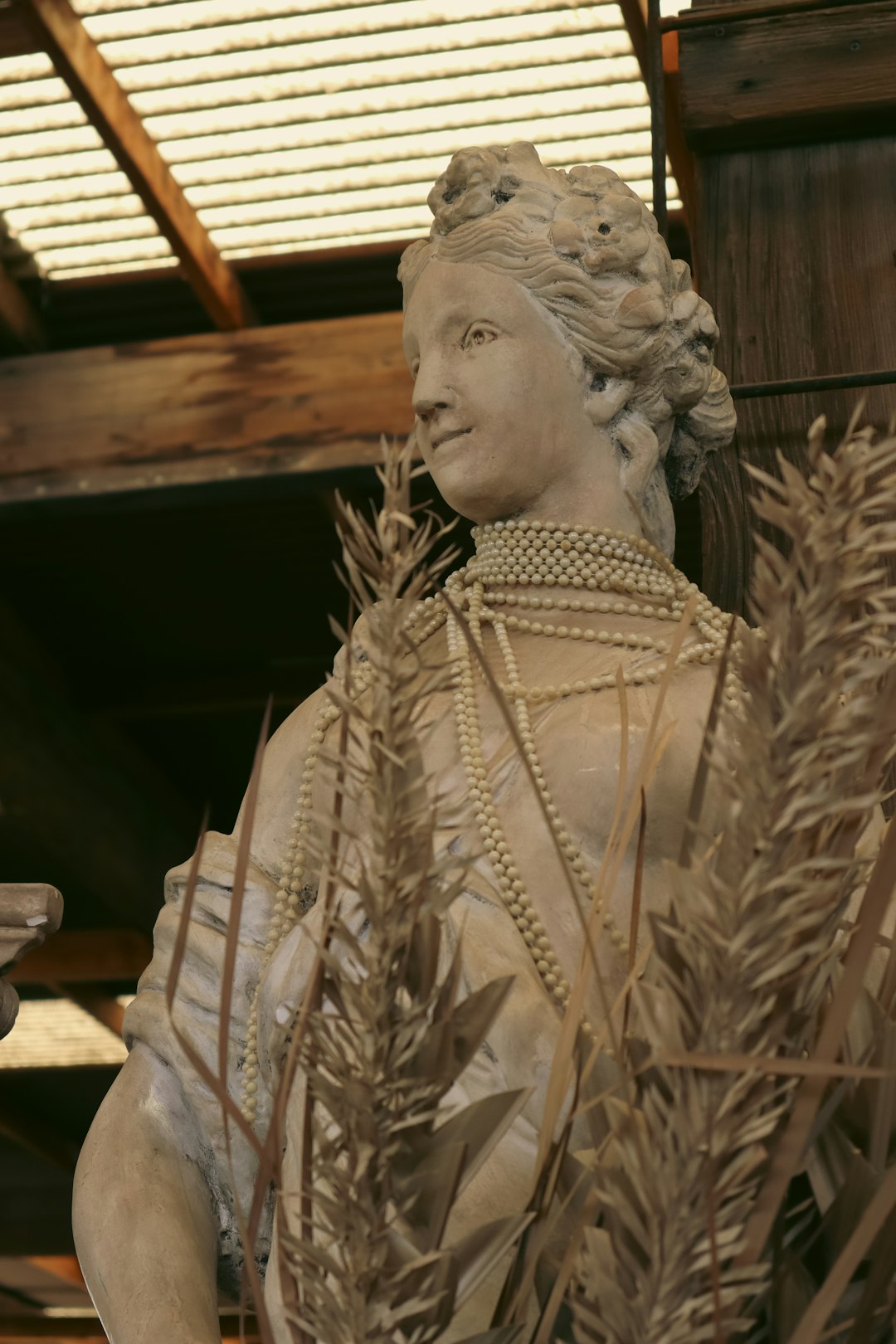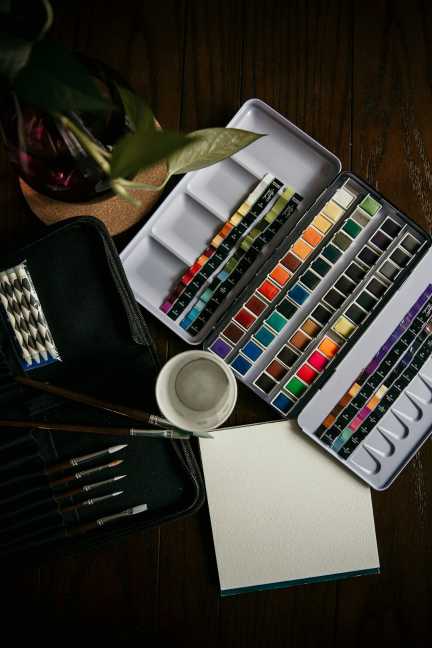Acrylic pour painting has taken the art world by storm in recent years, with countless artists and enthusiasts trying their hand at creating stunning works of art using this mesmerizing technique. If you’re new to the world of acrylic pouring, you may be feeling a bit overwhelmed by all the different techniques and approaches out there. But fear not! This beginner’s guide to acrylic pour painting will help you get started on your journey to creating beautiful, abstract masterpieces.
1. Gather your supplies
The first step in acrylic pour painting is to gather all the necessary supplies. Here is a list of the basic materials you will need to get started:
– Acrylic paint in a variety of colors
– Pouring medium
– Cups or containers for mixing paint
– A canvas or other surface to pour onto
– Plastic gloves
– Stir sticks or palette knives
– Drop cloth or plastic sheeting to protect your work area
– A torch or heat gun (optional, for removing bubbles)
Once you have all your supplies gathered, you’re ready to move on to the next step.
2. Mix your paint
The key to a successful acrylic pour painting is in the consistency of your paint mixture. To achieve the right consistency, you will need to mix your acrylic paint with a pouring medium. Pouring mediums are specifically designed to help acrylic paints flow smoothly and create beautiful, fluid effects.
To mix your paint, start by pouring a small amount of each color into separate cups or containers. Add a few drops of pouring medium to each color and stir well to combine. The paint should have a smooth, fluid consistency that is easy to pour.
3. Choose your technique
There are several different techniques you can use to create acrylic pour paintings, each resulting in unique patterns and effects. Some popular techniques include the flip cup pour, the dirty pour, the swipe technique, and the ring pour. Experiment with different techniques to see which one you prefer and which one best suits your artistic vision.
4. Prepare your canvas
Before you start pouring your paint onto the canvas, it’s important to properly prepare the surface. Place your canvas on a flat, level surface and ensure that it is clean and free of any dust or debris. You may also want to tape off the edges of the canvas to create a clean border around your painting.
5. Pour the paint
Now comes the fun part – pouring the paint onto the canvas! Start by selecting your colors and pouring them onto the canvas in a random or deliberate pattern. You can pour the paint directly from the cup, use a pouring medium to help guide the paint, or use a palette knife to create specific designs. Experiment with different pouring techniques to create a variety of effects and textures.
6. Tilt the canvas
Once you have poured your paint onto the canvas, tilt the surface in different directions to encourage the colors to blend and create interesting patterns. Be mindful of how the paint flows and interacts with each other, and tilt the canvas as needed to achieve your desired look. You can also use a palette knife or other tool to manipulate the paint and create additional textures.
7. Let it dry
After you have finished pouring and tilting your paint, set the canvas aside to dry. The drying time will vary depending on the thickness of the paint and the humidity in your environment. It’s important to let the painting dry completely before adding any finishing touches or sealing the surface.
8. Seal the painting
Once your acrylic pour painting is fully dry, you may choose to seal the surface with a varnish or clear coat. This will protect the painting and give it a glossy, professional finish. Be sure to follow the manufacturer’s instructions for the varnish or clear coat you choose to use, and allow the painting to dry completely before displaying or hanging.
Acrylic pour painting is a versatile and exciting art form that allows for endless creativity and experimentation. Whether you’re a seasoned artist or a beginner looking to try something new, acrylic pour painting offers a fun and engaging way to create beautiful abstract art. With the right supplies, techniques, and a little bit of practice, you can create stunning works of art that are sure to impress. So grab your paints and get pouring – the possibilities are endless!












